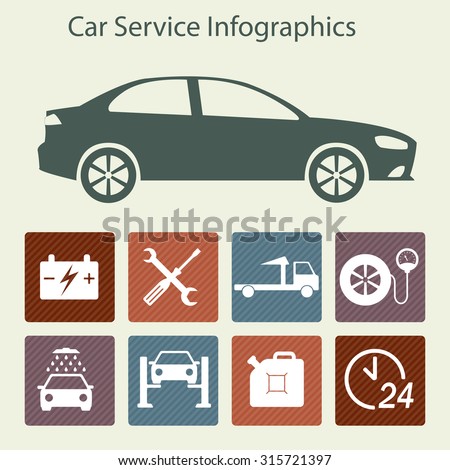When you're behind the wheel, those radiant caution lights on your control panel can be a little bit puzzling. Do you understand what they're attempting to inform you concerning your automobile's health? Understanding the value of these lights is vital for your safety and security and the longevity of your lorry. So, the next time among those lights pops up, wouldn't you intend to decode its message precisely and take the required steps to address it?
Common Caution Lights and Interpretations
Determine common warning lights in your auto and comprehend their meanings to guarantee safe driving.
The most regular caution lights include the check engine light, which indicates issues with the engine or discharges system. If this light comes on, it's important to have your car checked promptly.
The oil pressure warning light shows reduced oil pressure, needing prompt attention to stop engine damage.
A blinking battery light may suggest a damaged billing system, potentially leaving you stranded otherwise attended to.
The tire stress surveillance system (TPMS) light informs you to low tire stress, affecting vehicle stability and fuel effectiveness. Disregarding this might cause risky driving problems.
The ABS light suggests an issue with the anti-lock braking system, jeopardizing your ability to quit swiftly in emergencies.
Lastly, the coolant temperature level advising light warns of engine overheating, which can result in extreme damage if not settled promptly.
Comprehending paint detailing near me will certainly assist you deal with problems promptly and keep secure driving conditions.
Value of Prompt Interest
Recognizing the typical caution lights in your car is only the very first step; the relevance of quickly dealing with these cautions can't be stressed sufficient to ensure your security when traveling.
When a warning light brightens on your dashboard, it's your car's method of connecting a potential problem that needs attention. Ignoring these cautions can lead to much more severe troubles down the road, compromising your security and potentially costing you much more in repairs.
Motivate interest to alerting lights can avoid malfunctions and mishaps. For instance, a flashing check engine light could suggest a misfire that, if left unattended, might create damage to the catalytic converter. Addressing this quickly can conserve you from an expensive repair work.
Likewise, a brake system warning light could indicate reduced brake liquid or used brake pads, crucial components for your security when driving.
DIY Troubleshooting Tips
If you see a warning light on your dashboard, there are a couple of do it yourself fixing ideas you can try prior to seeking specialist aid.
The initial step is to consult your auto's manual to understand what the details caution light suggests. Sometimes the issue can be as easy as a loosened gas cap causing the check engine light. Tightening up the gas cap might fix the trouble.
benzdetailing. is a low battery, which can cause numerous alerting lights. Inspecting the battery links for rust and guaranteeing they're safe and secure may deal with the problem.
If a caution light lingers, you can attempt resetting it by detaching the auto's battery for a couple of minutes and after that reconnecting it. Additionally, examining your car's fluid degrees, such as oil, coolant, and brake fluid, can aid fix cautioning lights connected to these systems.
Verdict
Finally, comprehending your auto's caution lights is vital for keeping your vehicle running smoothly and securely. By without delay dealing with these alerts and understanding what they indicate, you can stay clear of pricey fixings and prospective break downs.
Remember to consult your automobile's guidebook for specific information on each advising light and take action accordingly to ensure a hassle-free driving experience.
Keep notified, stay risk-free when driving!
